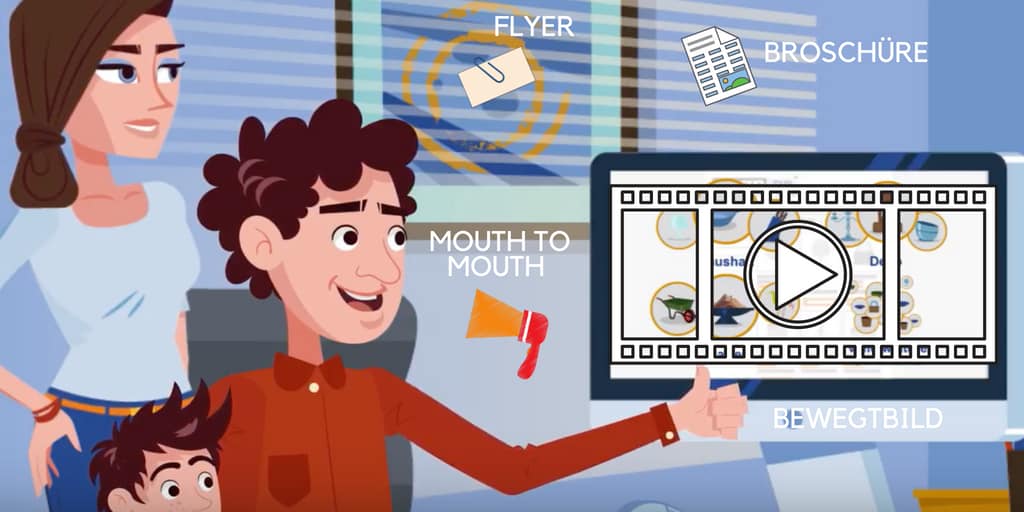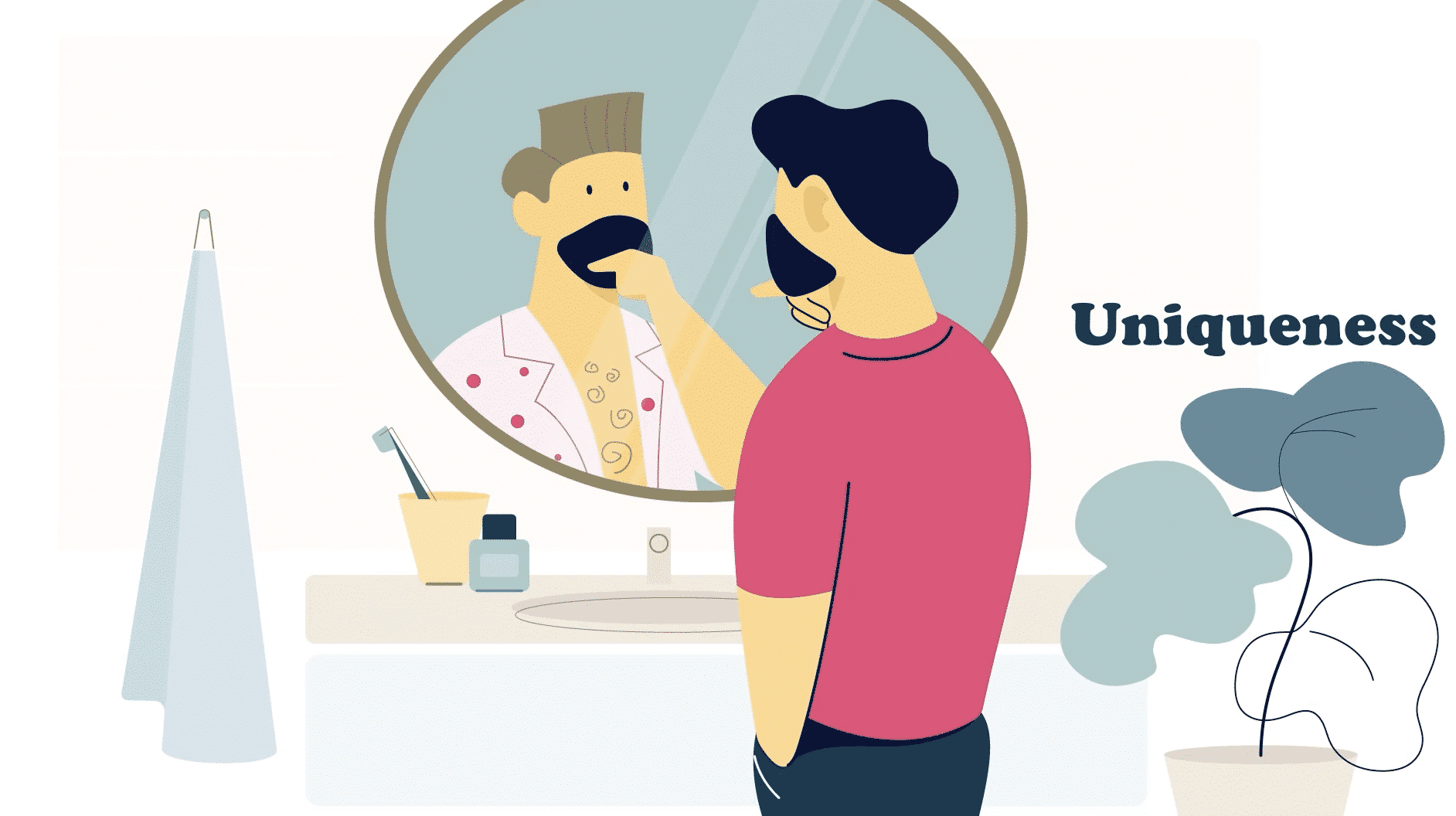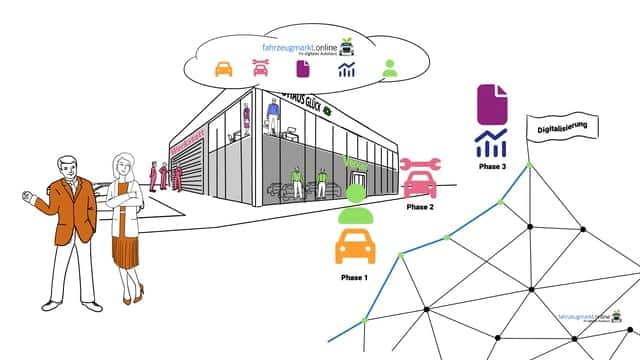Campaigns for your company can be compiled from a wide variety of marketing tools. A distinction is also made between online and offline measures.
Classic and traditional stylistic devices, such as print and print, are still very much in vogue. But diversity has changed in recent years within the digital world. With the advance of digitalization, countless new advertising channels are opening up with which a target group can be addressed directly.
This also includes the moving image marketing channel, which is applied in various forms.
Moving images address customers on an emotional level. Music, image and story surround your company, your product or your service and reach your customers easily and crisply.
Below you can see examples of how moving images can be integrated online:
IN-STREAM VIDEO ADS or PRE, MID AND POST ROLL ADS
These video ads are mostly 15 to 20 seconds long and are used before YouTube videos, for example. You are certainly familiar with this form of moving image advertising. As annoying as it was initially perceived, it has since been accepted and is not clicked away directly by users. If only because the actual content is only a few seconds away in the next video.
IN-BANNER VIDEO ADS
IN -BANNER VIDEO ADS are switched, for example, on a website that you look at. Here, the flow of the video runs parallel to the content you actually wanted to watch.
It is suitable, if the content, which the user wanted to look at, harmonizes with the IN-BANNER VIDEO and thus arouses interest. Otherwise, it is difficult to understand how effective an IN-BANNER VIDEO is on the target audience.
VIDEO INTERSTITIAL
Such promotional videos attract more attention, but are legally in a gray area and could have a negative impact on the image of the website visited by the user.
But first: What is a VIDEO INTERSTITIAL?
While you are browsing a website to pull content of interest to you, a promotional video pops up and the rest of the website goes dark. This is called VIDEO INTERSTITIAL.
IN-TEXT-VIDEOS
IN-TEXT-VIDEOS are integrated into the editorial, i.e. written, content. However, these videos are only activated when the mouse is hovered over them or any other user interaction takes place.
Video online marketing is a fast growing market and the finding is that users are susceptible to moving images as it is more time saving for them and you can get more information in less time.
nen get. Instead of a detailed article, short and concise video clips equipped with facts are preferred. How they appear within your campaign is up to you, and it definitely depends on the target audience and the advertising message you want to get out.
In conclusion, video formats can be integrated into any campaign and are digitally versatile.
There is also the advantage that videos can also be used offline, such as at a trade fair, where you can run an image video in a loop alongside print media such as flyers and brochures. Test it! Fair visitors will stop attentively and invest the time of a promotional video to watch it. This is probably more effective than a flyer that you take to the next corner and then dispose of.
Now the question: What possibilities can you use and how do you build a video?Feel free to look at various examples from us or stay in touch with our social media channels Up-to-date!
We plan and create your very personal explainer video with you.




